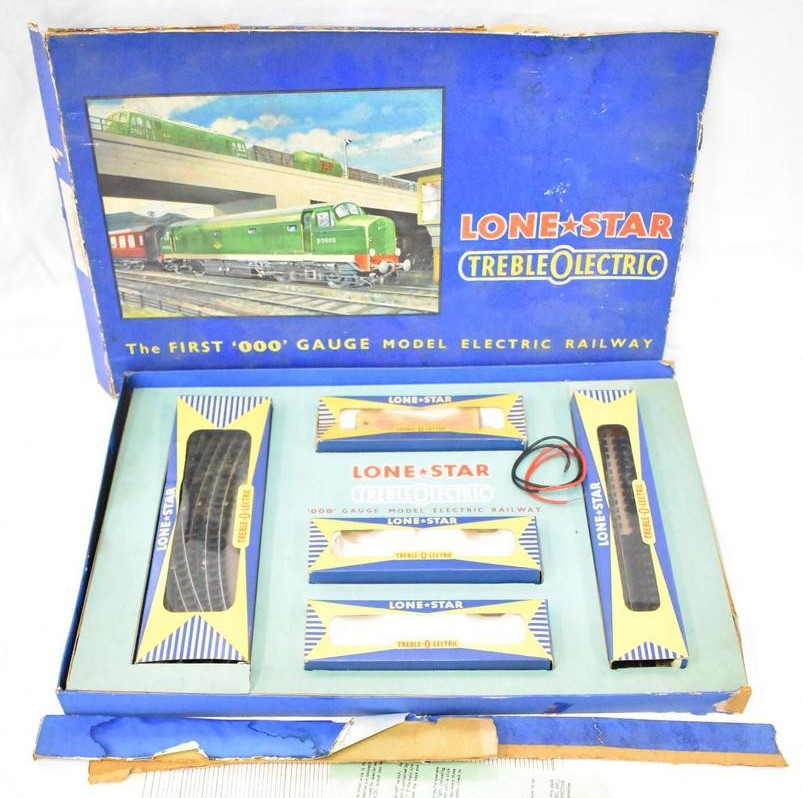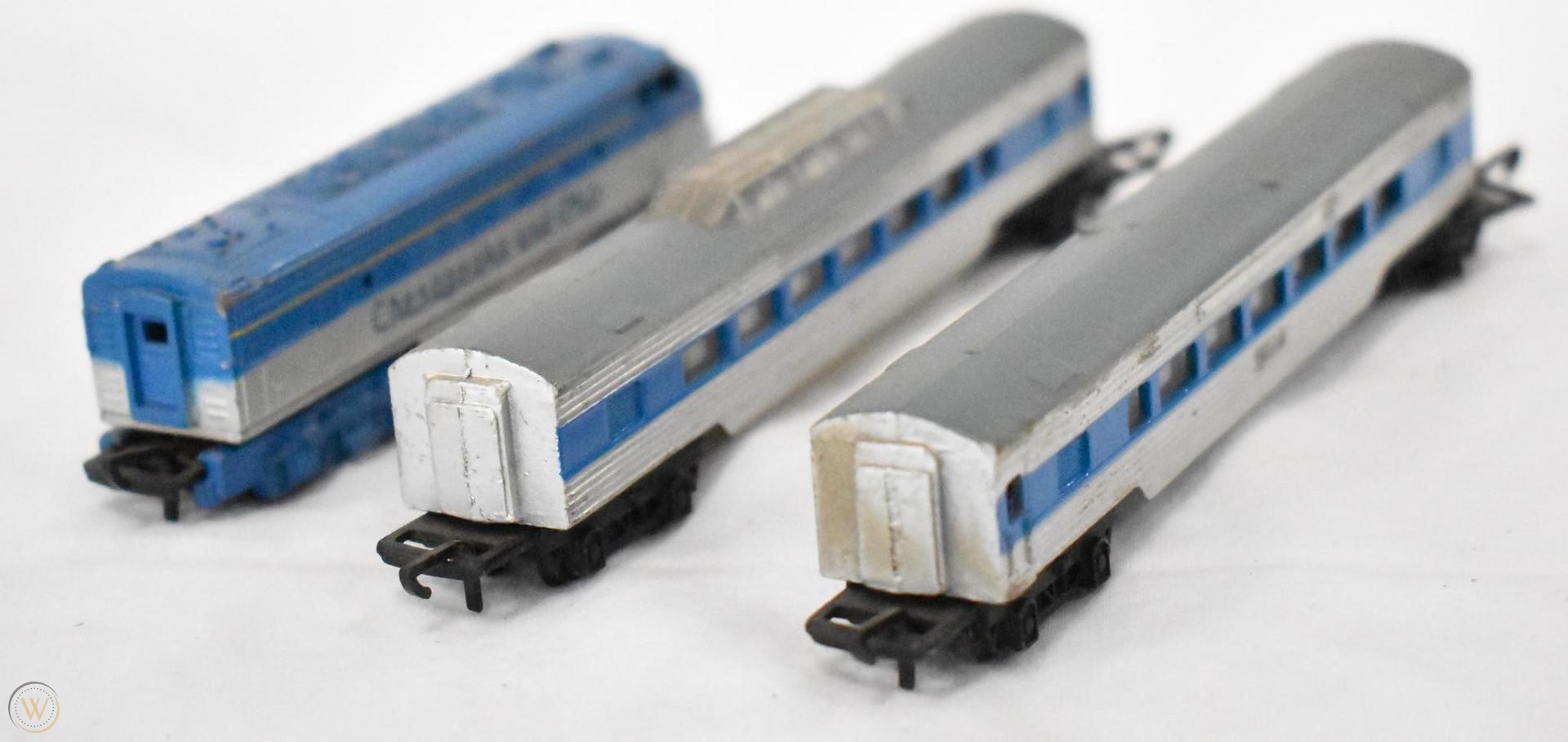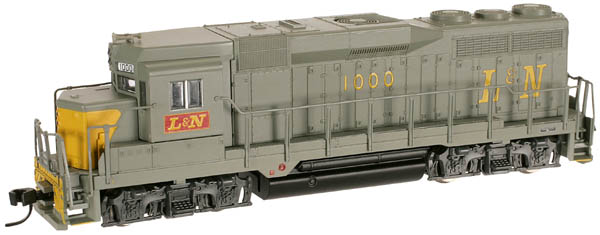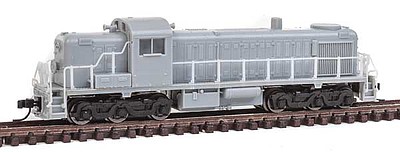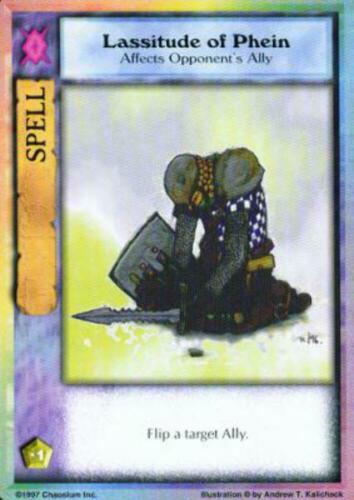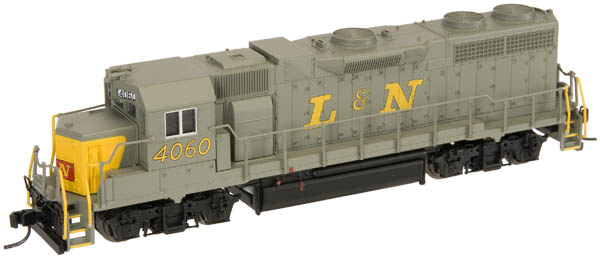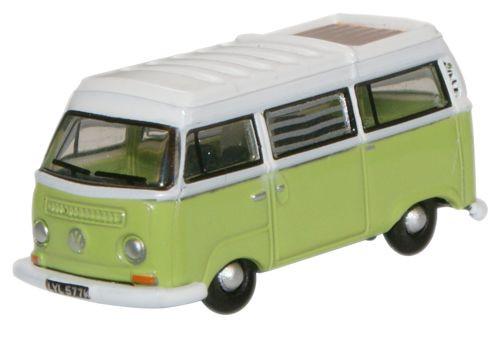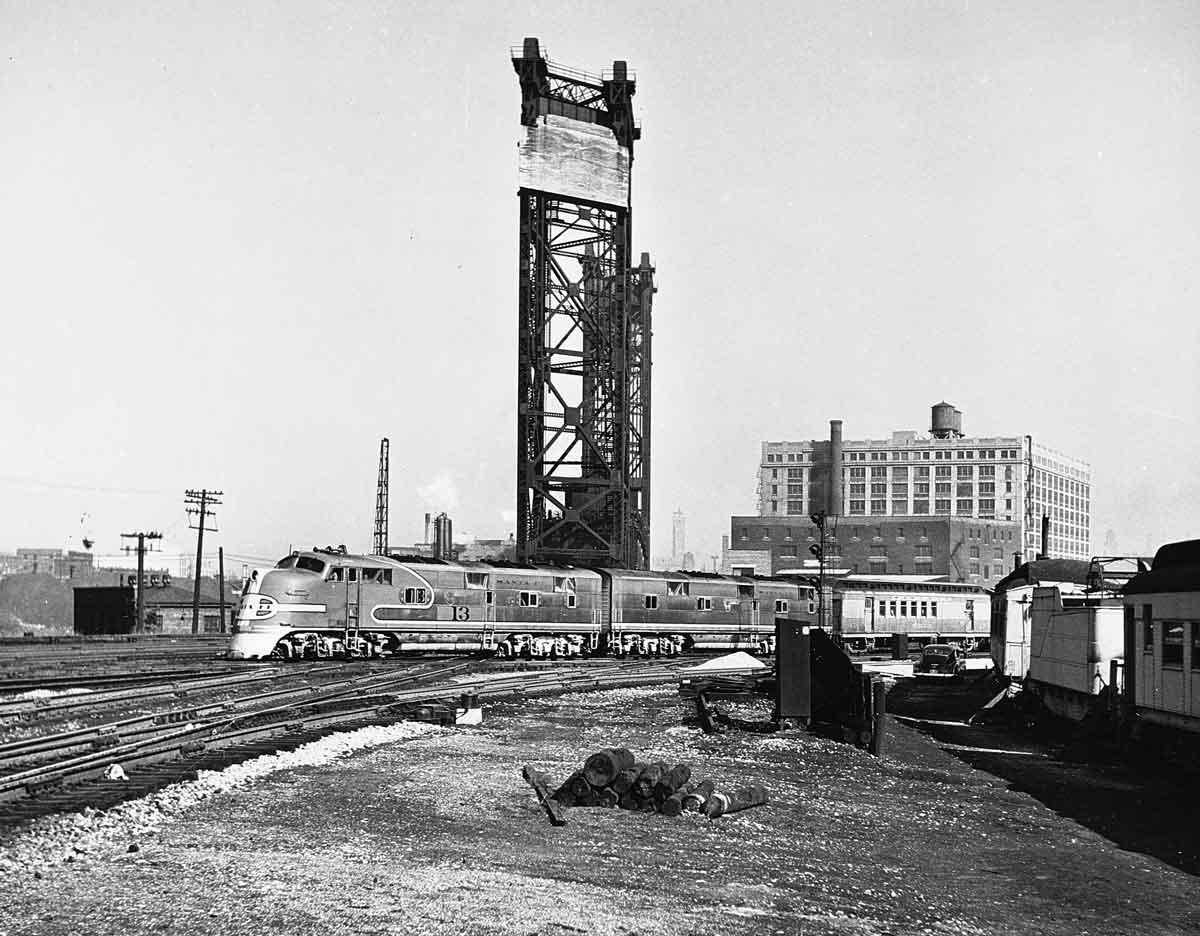Lone Star - EL.54 - Passenger Train, Diesel, North American, Transition Era - Chesapeake & Ohio
| Stock Number | EL.54 |
| Brand | Lone Star |
| Manufacturer | Lone Star |
| Body Style | Lone Star Train Set |
| Prototype Vehicle | Passenger Train, Diesel, North American, Transition Era (Details) |
| Road or Company Name | Chesapeake & Ohio (Details) |
| Paint Color(s) | Aluminum and Blue |
| Coupler Type | Other |
| Coupler Mount | Truck-Mount |
| Wheel Type | Chemically Blackened Metal |
| Wheel Profile | Deep Flange |
| Multipack | Yes |
| Multipack Count | 3 |
| DCC Readiness | No |
| Release Date | 1960-01-01 |
| Item Category | Freight Train |
| Model Type | Diesel |
| Model Subtype | EMD |
| Model Variety | F7 |
| Prototype Region | North America |
| Prototype Era | NA Era III: Transition (1939 - 1957) |
| Scale | 1/152 |
Specific Item Information:
contains one Diesel locomotive EMD F7 (EL.65) and two passenger cars (coach and Vista dome).
This set was available in different roadnames, though the stock number was presumably the same.
This set was available in different roadnames, though the stock number was presumably the same.
Prototype History:
The transition era (1939 - 1957) was the heyday for passenger rail. The industrial boom triggered by the second world war created tremendous capacity for production which was no longer needed for war production. The North American factories turned to consumer goods and services and the rail system was a major recipient of this ouput.
The interstate highways system as we know it now was still a thing of the future and long distance travel by highway was simply not practical and aircraft travel was still a luxury for the well-to-do. People traveled the country by rail and there was a huge variety of railroads and services available to the traveler. Innovation was constant, and the materials and machinery employed by the railroads was evolving as fast as the engineers could think of new things to entice the fickle consumer to ride a particular route or particular service.
This all came to an end when the automobile and airplane replaced the passenger train as the preferred vehicles of transportation in the 1960s.
The interstate highways system as we know it now was still a thing of the future and long distance travel by highway was simply not practical and aircraft travel was still a luxury for the well-to-do. People traveled the country by rail and there was a huge variety of railroads and services available to the traveler. Innovation was constant, and the materials and machinery employed by the railroads was evolving as fast as the engineers could think of new things to entice the fickle consumer to ride a particular route or particular service.
This all came to an end when the automobile and airplane replaced the passenger train as the preferred vehicles of transportation in the 1960s.
Road Name History:
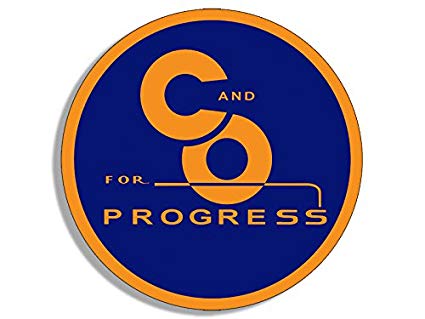 The Chesapeake and Ohio Railway (reporting marks C&O, CO) was a Class I railroad formed in 1869 in Virginia from several smaller Virginia railroads begun in the 19th century. Led by industrialist Collis P. Huntington, it reached from Virginia's capital city of Richmond to the Ohio River by 1873, where the railroad town (and later city) of Huntington, West Virginia was named for him.
The Chesapeake and Ohio Railway (reporting marks C&O, CO) was a Class I railroad formed in 1869 in Virginia from several smaller Virginia railroads begun in the 19th century. Led by industrialist Collis P. Huntington, it reached from Virginia's capital city of Richmond to the Ohio River by 1873, where the railroad town (and later city) of Huntington, West Virginia was named for him.
Tapping the coal reserves of West Virginia, the C&O's Peninsula Extension to new coal piers on the harbor of Hampton Roads resulted in the creation of the new City of Newport News. Coal revenues also led the forging of a rail link to the Midwest, eventually reaching Columbus, Cincinnati and Toledo in Ohio and Chicago, Illinois.
By the early 1960s the C&O was headquartered in Cleveland, Ohio, USA. In 1972, under the leadership of Cyrus Eaton, it became part of the Chessie System, along with the Baltimore and Ohio and Western Maryland Railway. The Chessie System was later combined with the Seaboard Coast Line and Louisville and Nashville, both the primary components of the Family Lines System, to become a key portion of CSX Transportation (CSXT) in the 1980s. A substantial portion of Conrail was added in 1999.
C&O's passenger services ended in 1971 with the formation of Amtrak. Today Amtrak's tri-weekly Cardinal passenger train follows the historic and scenic route of the C&O through the New River Gorge in one of the more rugged sections of the Mountain State. The rails of the former C&O also continue to transport intermodal and freight traffic, as well as West Virginia bituminous coal east to Hampton Roads and west to the Great Lakes as part of CSXT, a Fortune 500 company which was one of seven Class I railroads operating in North America at the beginning of the 21st century.
At the end of 1970 C&O operated 5067 miles of road on 10219 miles of track, not including WM or B&O and its subsidiaries.
Read more on Wikipedia.

Tapping the coal reserves of West Virginia, the C&O's Peninsula Extension to new coal piers on the harbor of Hampton Roads resulted in the creation of the new City of Newport News. Coal revenues also led the forging of a rail link to the Midwest, eventually reaching Columbus, Cincinnati and Toledo in Ohio and Chicago, Illinois.
By the early 1960s the C&O was headquartered in Cleveland, Ohio, USA. In 1972, under the leadership of Cyrus Eaton, it became part of the Chessie System, along with the Baltimore and Ohio and Western Maryland Railway. The Chessie System was later combined with the Seaboard Coast Line and Louisville and Nashville, both the primary components of the Family Lines System, to become a key portion of CSX Transportation (CSXT) in the 1980s. A substantial portion of Conrail was added in 1999.
C&O's passenger services ended in 1971 with the formation of Amtrak. Today Amtrak's tri-weekly Cardinal passenger train follows the historic and scenic route of the C&O through the New River Gorge in one of the more rugged sections of the Mountain State. The rails of the former C&O also continue to transport intermodal and freight traffic, as well as West Virginia bituminous coal east to Hampton Roads and west to the Great Lakes as part of CSXT, a Fortune 500 company which was one of seven Class I railroads operating in North America at the beginning of the 21st century.
At the end of 1970 C&O operated 5067 miles of road on 10219 miles of track, not including WM or B&O and its subsidiaries.
Read more on Wikipedia.
Brand/Importer Information:
Lone Star was founded by Aubrey Robert Mills and Sidney James Ambridge in 1939 as the toy division of Die Casting Machine Tools Ltd. (DCMT) of London. DCMT was manufacturing diecasting machines and equipment. DCMT had made some toy cars for Crescent, and diecast toy cap-firing guns, which DCMT supplied under the "Lone Star" brand. "Lone Star" was a name that conjured up images of the Wild West, and while it was a reference to the Texas state flag (with its single star), the name also reminded children of the star-shaped Sheriff's badge that was often a key part of a cowboy costume.
Lone Star Locos appeared in the late 1950s as a range of fairly basic 000-scale diecast miniature trains and track, and were joined in the 1960s by the comparatively short-lived "Treble-O-Lectric" range of "proper" motorised 000-scale electric train sets. The motorised range was discontinued circa 1965. DCMT ceased its operation circa 1988.
The Lone Star Treble-O (triple O) rolling stock was scaled to 2mm to the foot (1:152) and track's gauge was 9mm.
Lone Star paved the way to the N scale model trains that would be soon after introduced by Arnold Rapido.
Read more on Irwin's Journal and on The Brighton Toy and Model Index.
Lone Star Locos appeared in the late 1950s as a range of fairly basic 000-scale diecast miniature trains and track, and were joined in the 1960s by the comparatively short-lived "Treble-O-Lectric" range of "proper" motorised 000-scale electric train sets. The motorised range was discontinued circa 1965. DCMT ceased its operation circa 1988.
The Lone Star Treble-O (triple O) rolling stock was scaled to 2mm to the foot (1:152) and track's gauge was 9mm.
Lone Star paved the way to the N scale model trains that would be soon after introduced by Arnold Rapido.
Read more on Irwin's Journal and on The Brighton Toy and Model Index.
Item created by: gdm
on 2020-06-20 05:44:34
If you see errors or missing data in this entry, please feel free to log in and edit it. Anyone with a Gmail account can log in instantly.
If you see errors or missing data in this entry, please feel free to log in and edit it. Anyone with a Gmail account can log in instantly.


